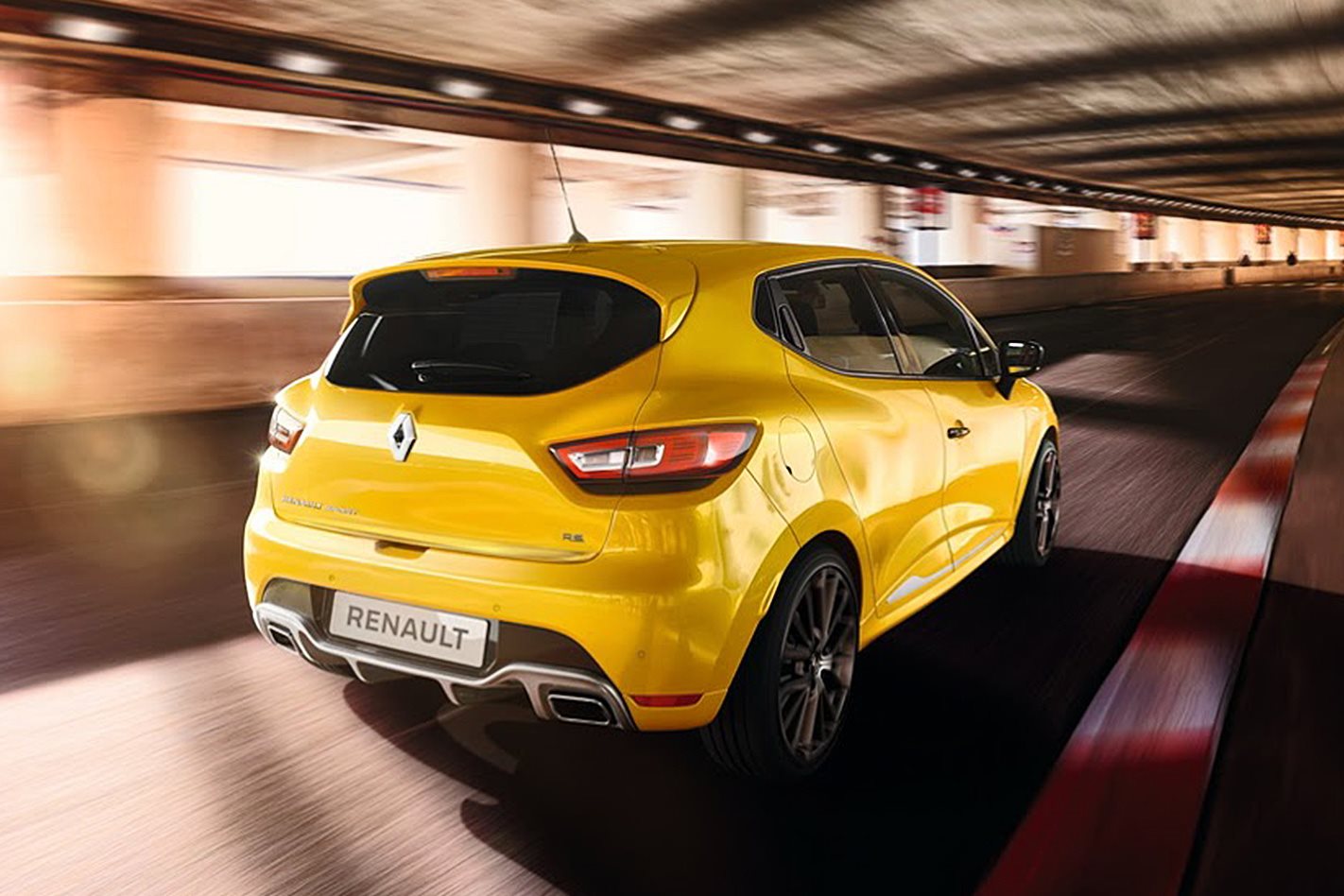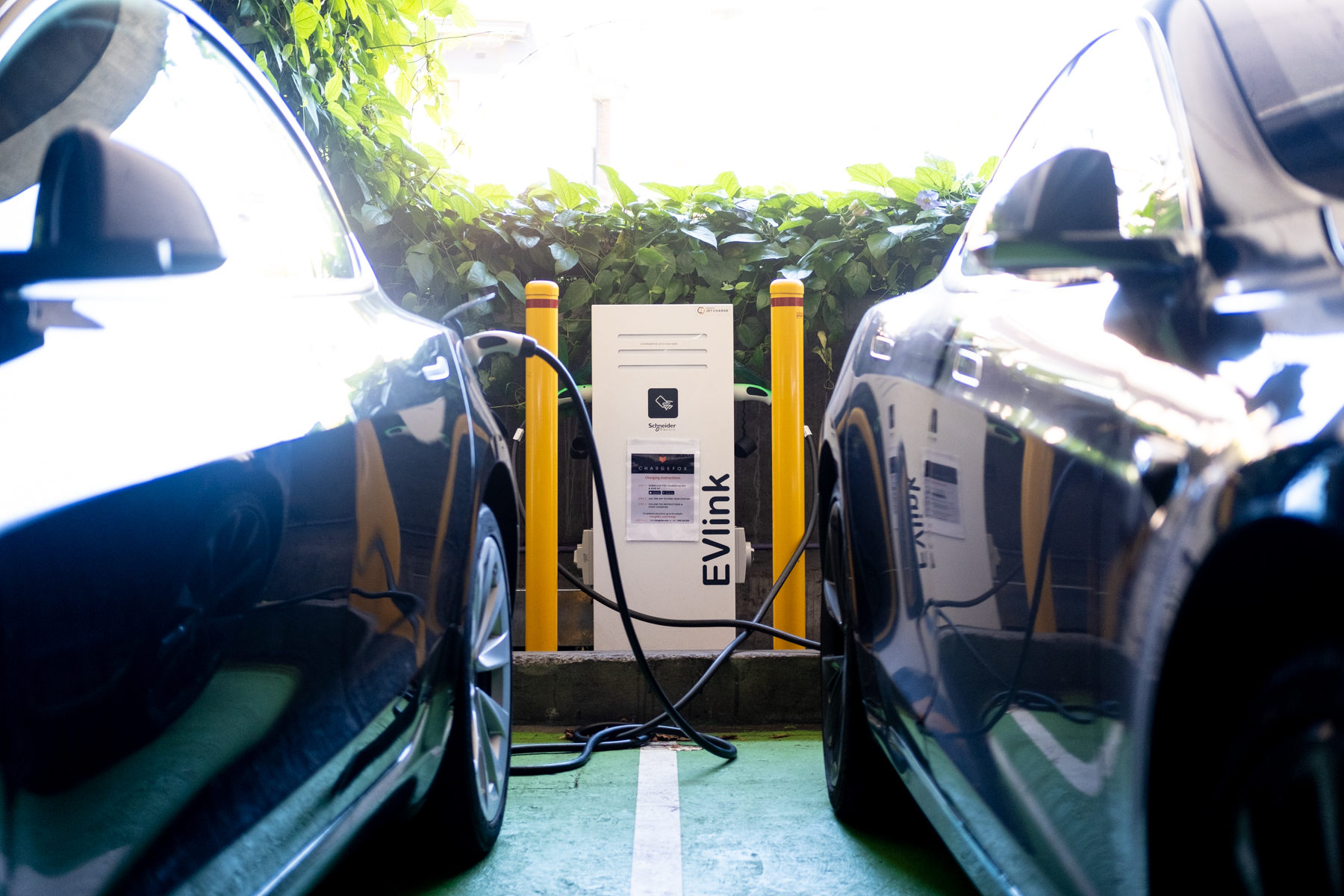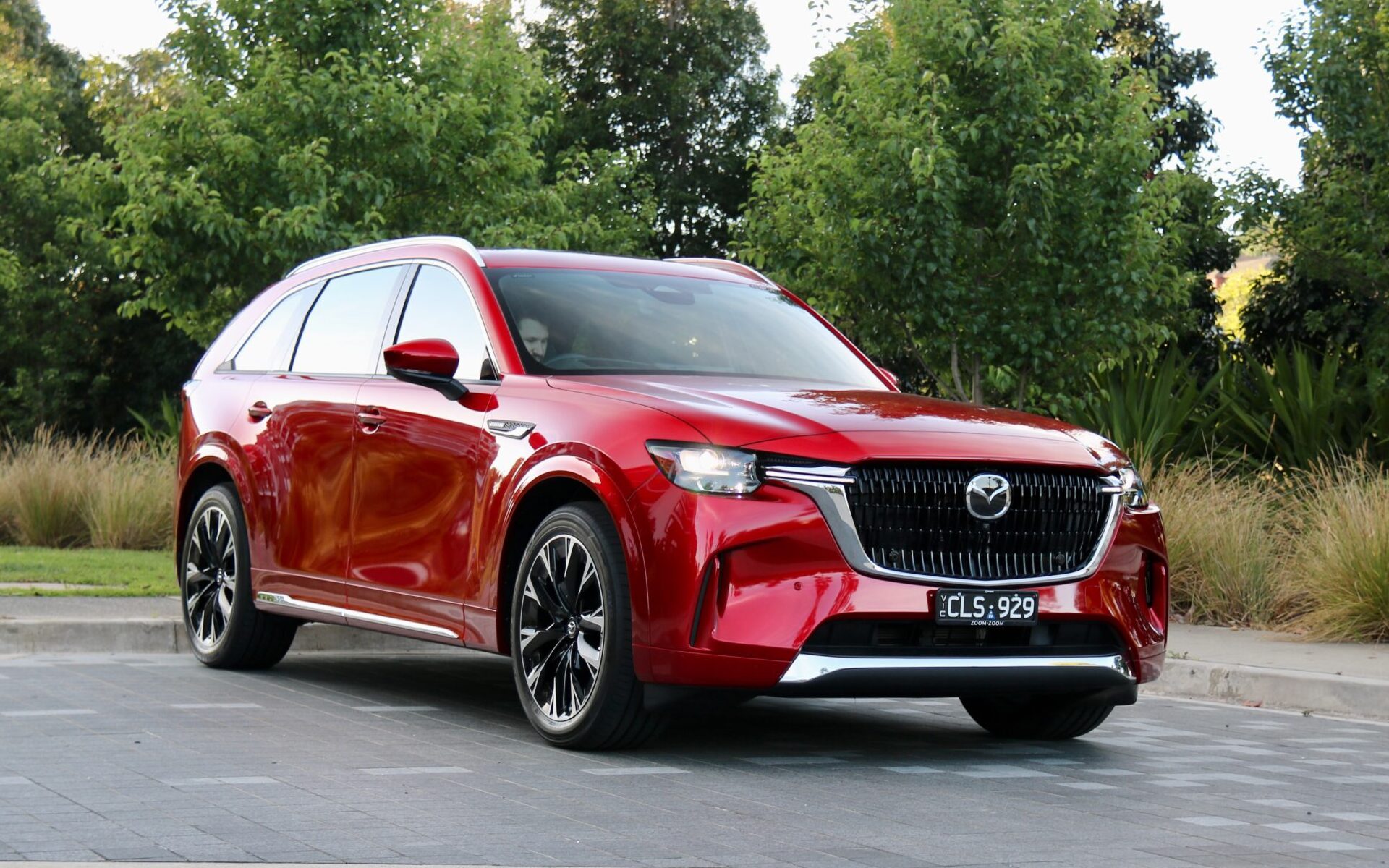Renault’s new Clio RS gets advanced headlights and an optional Akrapovic exhaust system for 2016. But where is the knee-weakening 205kW Megane RS engine of the RS 16 concept?
If you’ve never visited the Goodwood Festival of Speed or the Monaco Grand Prix for that matter, do yourself a favour and add them to your bucket list (in bold) under the title ‘Petrol head nirvana.’ It’s at these motorsport events that performance car fans are treated to a sensory overload of automotive sights and smells; old, new, big and small.
This year’s Monaco Grand Prix saw the global debut of Renault’s Clio RS 16 concept car; a model the French automaker claims was developed to showcase Renault Sport’s expertise.
The RS 16 highlighted what Renault Sport can achieve when given a blank canvas. The end result was a mouth-watering product, as engineers successfully shoehorned a 205kW Mégane RS 275 Trophy-R engine, transmission and cooling system into the more compact and nimble Clio chassis. Win.
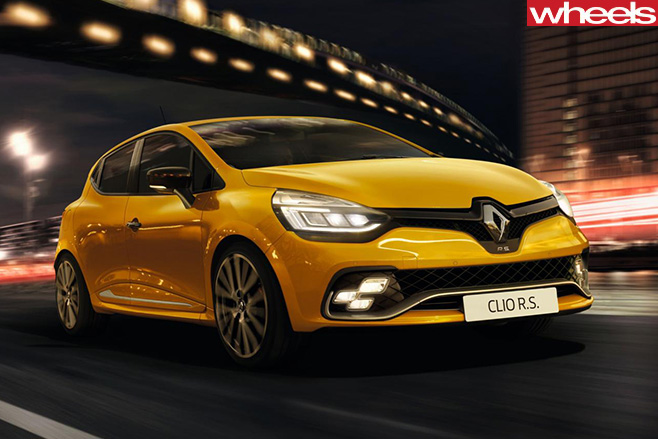
That aside, the new Clio looks to carry over many of the features of the concept including: a six-speed EDC dual-clutch automatic transmission, steering wheel-mounted paddle shifts, a broader front bumper and a new LED multi-faceted lighting in the form of a chequered flag. Renault has dubbed the new front lighting system the RS Vision; incorporating the vehicle’s fog lights, cornering lights, side lights and dipped and main beams to enhance night-time visibility.
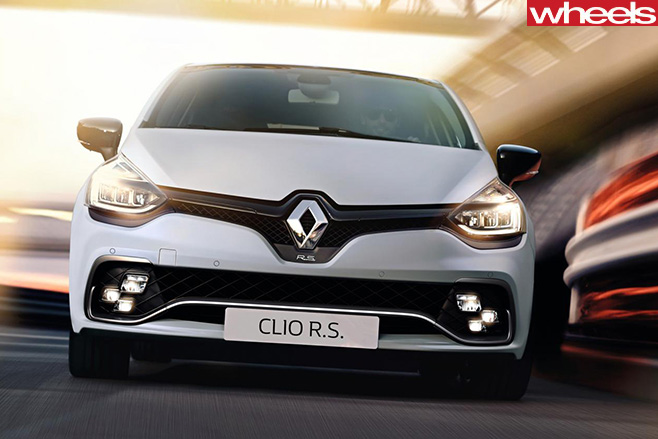
The 149kW powerplant will be available with the Sport and Cup chassis, while the 164 kW unit can be selected for the Trophy variants, the latter claiming an impressive 0-100 km/h in 6.6 seconds. If you then factor in features such as Launch Control, the RS’s Drive modes (Normal, Sport and Race), the inclusion of the RS Monitor app and hydraulic compression bump stops, we feel there is no reason the new Clio RS shouldn’t uphold the model’s strong performance reputation when it eventually arrives in Australia in 2017, and continue to challenge the pecking order in the hot-hatch market.
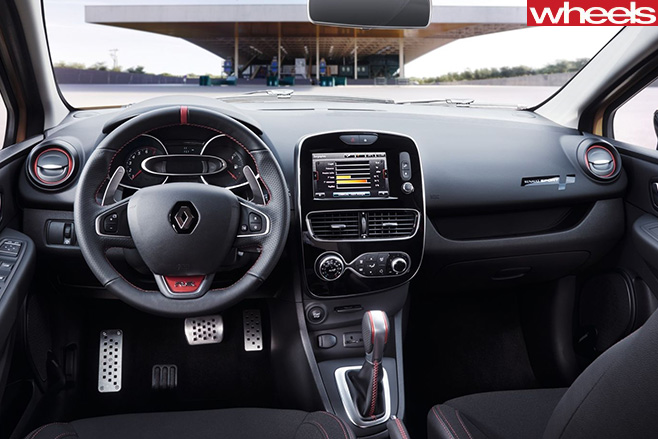
We’ll know for sure once we drive production version later this year.

